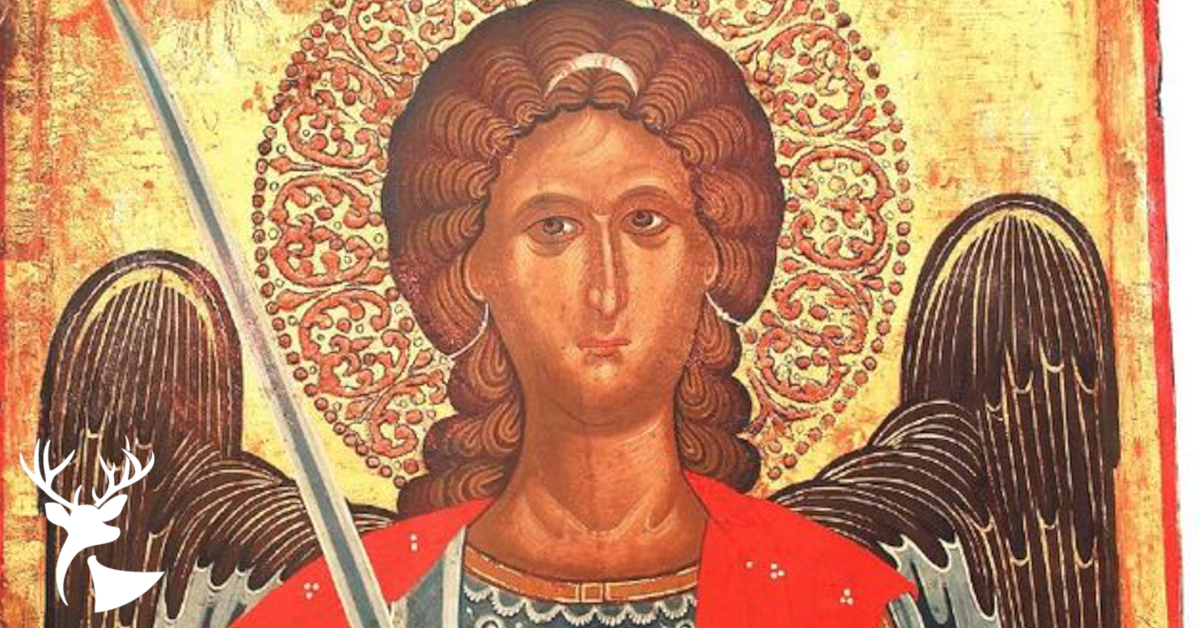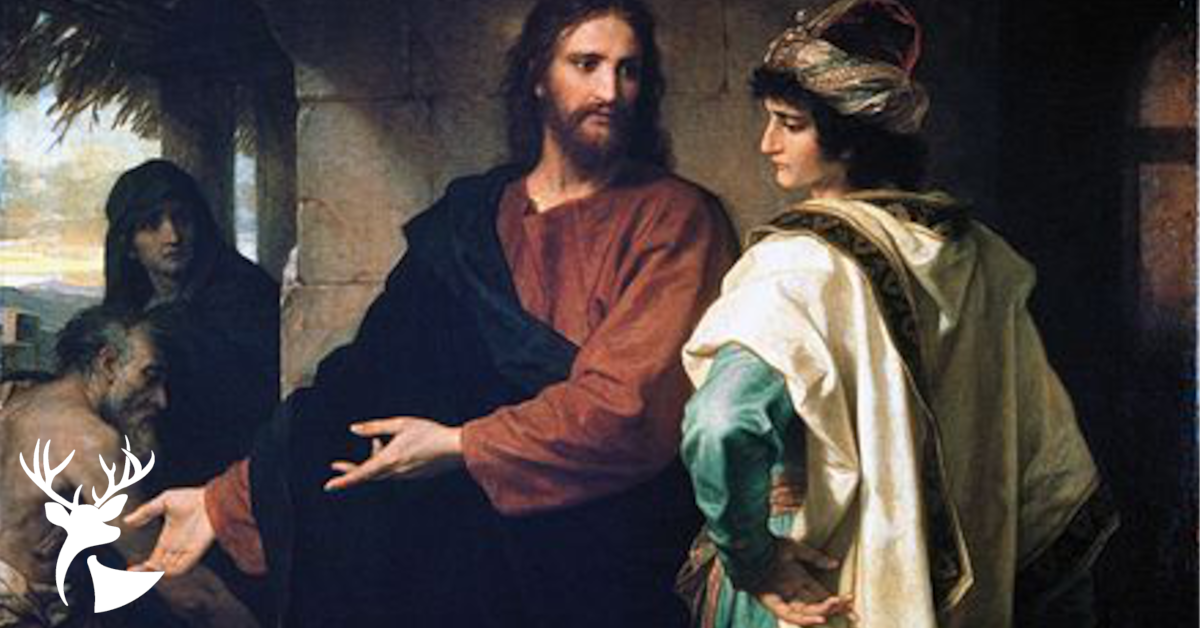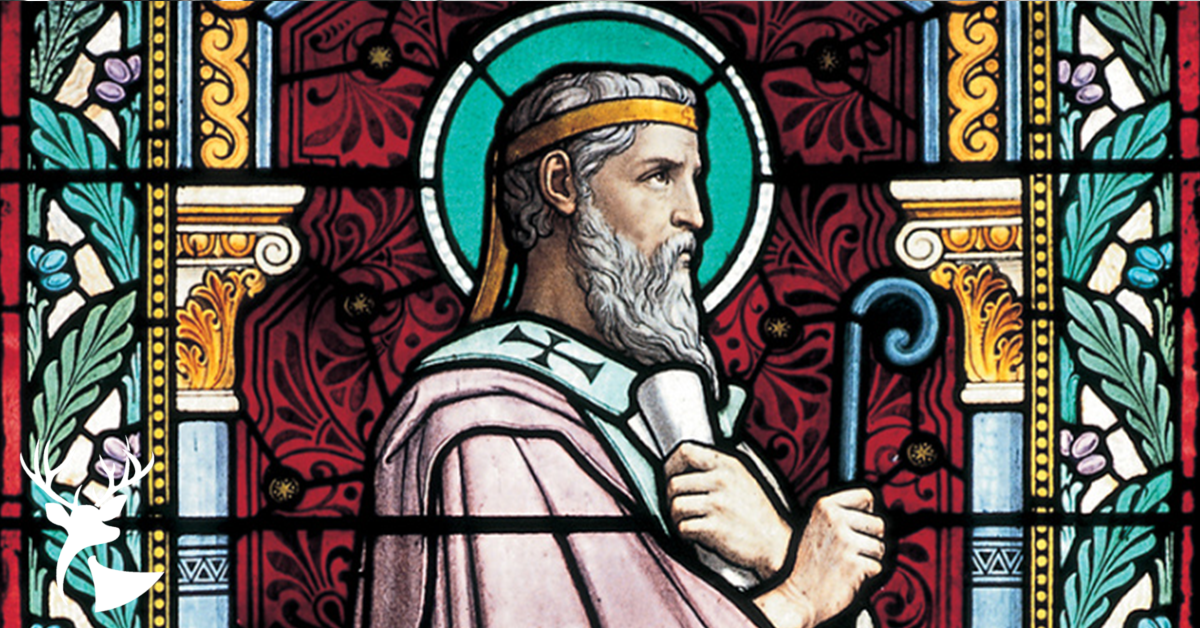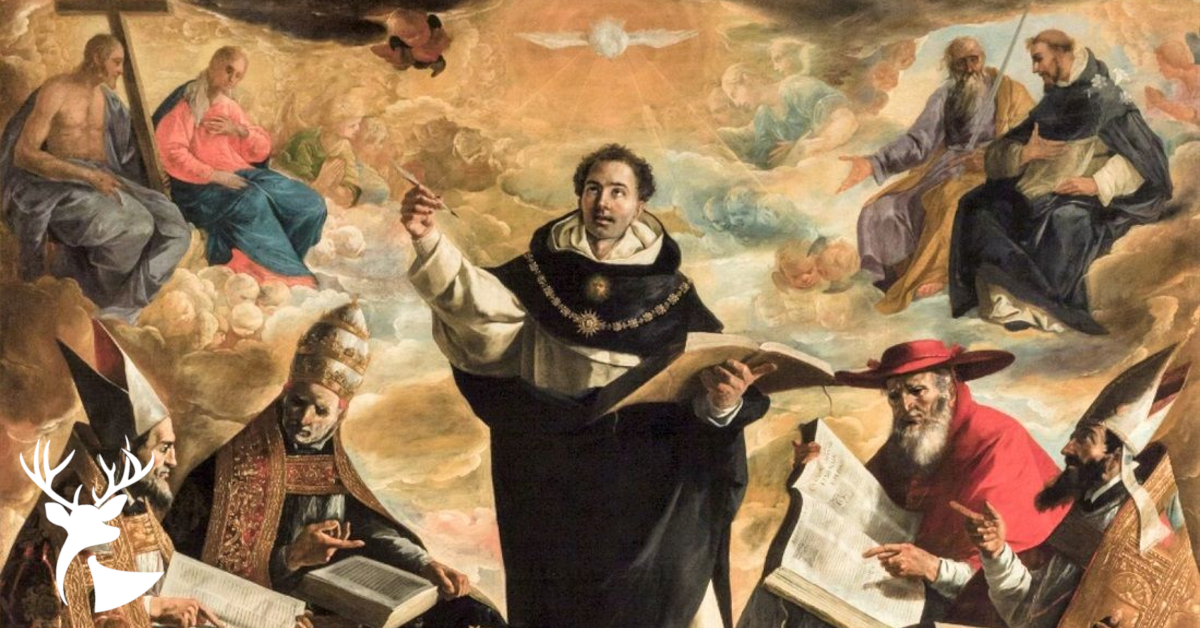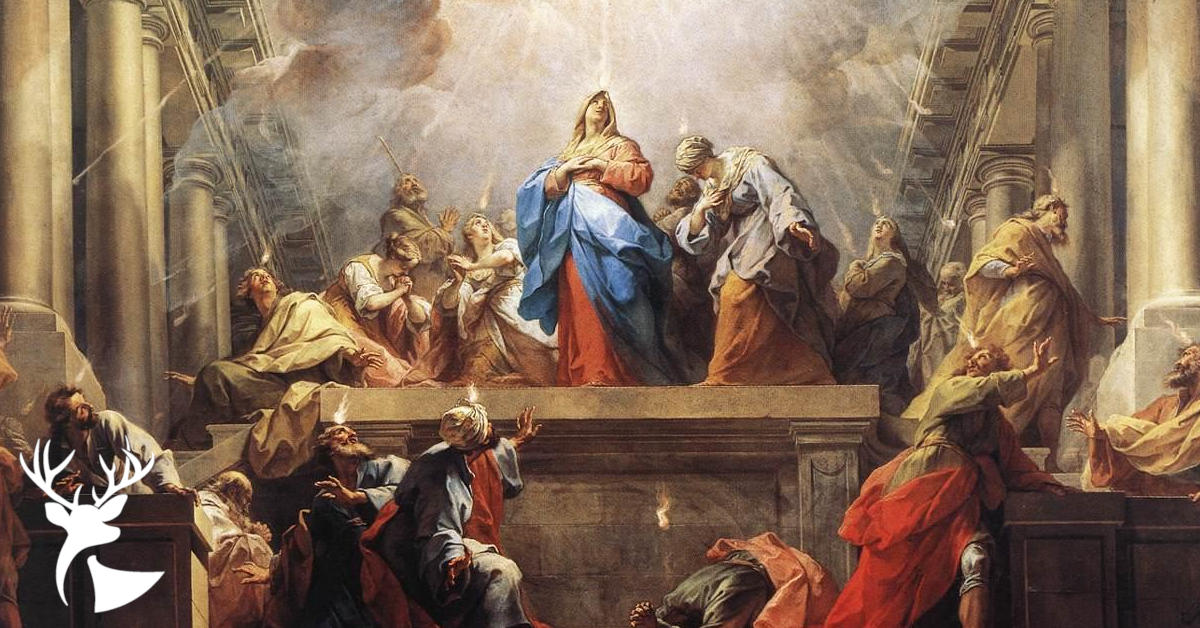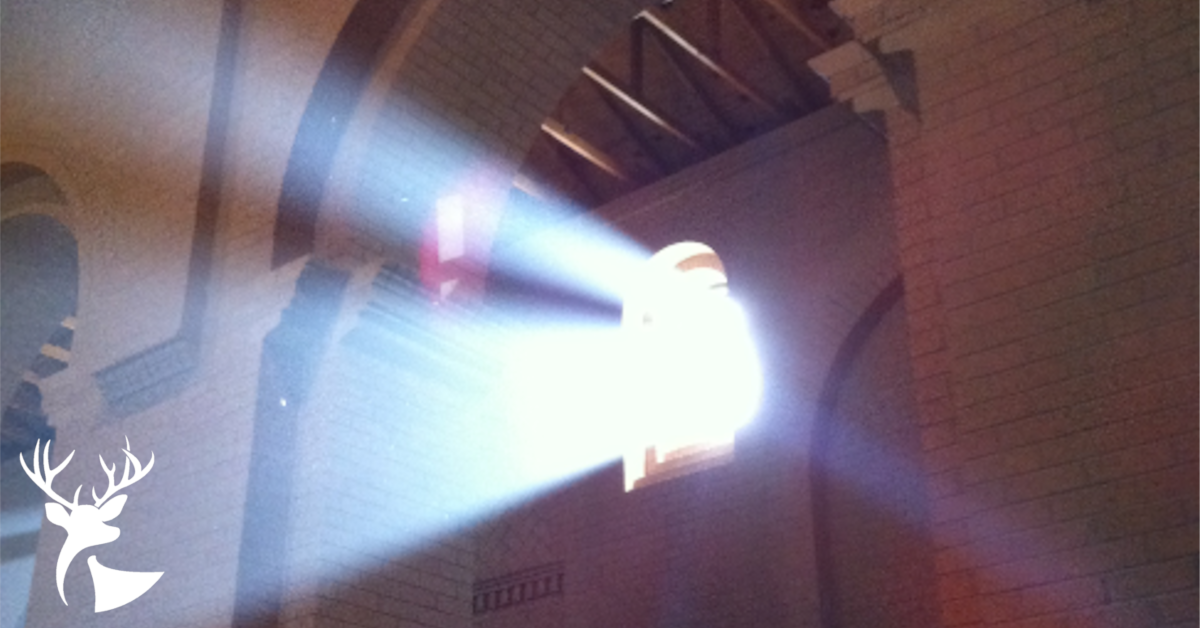
Happy Is He Who Prays with the Church
By Joey Spencer | January 3, 2023
“Now, what the liturgical year does for the Church at large, it does also for the soul of each one of the faithful that is careful to receive the gift of God. This succession of mystic seasons imparts to the Christian the elements of that supernatural life, without which every other life is but a sort of death, more or less disguised. Nay, there are some souls, so far acted upon by the divine succession of the Catholic cycle, that they experience even a physical effect from each evolution: the supernatural life has gained ascendancy over the natural, and the calendar of the Church makes them forget that of the astronomers.”
—Dom Prosper Guéranger
← Return to Musings
Happy Is He Who Prays with the Church
By Joey Spencer | January 3, 2023
“Now, what the liturgical year does for the Church at large, it does also for the soul of each one of the faithful that is careful to receive the gift of God. This succession of mystic seasons imparts to the Christian the elements of that supernatural life, without which every other life is but a sort of death, more or less disguised. Nay, there are some souls, so far acted upon by the divine succession of the Catholic cycle, that they experience even a physical effect from each evolution: the supernatural life has gained ascendancy over the natural, and the calendar of the Church makes them forget that of the astronomers.”
—Dom Prosper Guéranger
Each feast day, St Therese of Lisieux’s sister Pauline would read Dom Guéranger’s commentary on the Mass in order to prepare their minds and hearts. St. Therese writes of this experience, “How I loved the feasts! You knew how to explain all the mysteries hidden under each, and you did it so well that they were truly heavenly days for me.”[1]
Dom Prosper Guéranger was a Benedictine monk who was instrumental in the liturgical reform movement of nineteenth-century France as well as the re-founding of Solesmes Abbey. Our Lady of Clear Creek Monastery is part of the Solesmes Congregation and thus becomes a connection between our diocese and the history of Solesmes and Dom Guéranger.
Founded in 1010, the Benedictine Priory of Solesmes was closed in 1791 as a result of the anti-Church sentiment in France during the French Revolution. In 1831, the buildings of the priory which had survived the French Revolution but had fallen into neglect were put up for sale by the French Government. Father Guéranger realized that if he could buy the priory it would be an opportunity to re-establish the Benedictine religious life to France, which was all but lost after the French Revolution. With the help of private donations, Guéranger succeeded in acquiring the Priory of Solemnes, and in 1832, religious life under the Rule of St. Benedict returned to France. “Prayer which had been interrupted, has been resumed.”[2] In 1837, the Priory of Solesmes was made the Abbey of Solesmes and Dom Prosper Guéranger was appointed Abbot and Superior General of the Benedictines of the Congregation of France.
One of the results of re-establishing the Benedictine monastic tradition to France was that Dom Guéranger was able to focus on studying the Church’s liturgy. In 1841, Guéranger began writing The Liturgical Year, a fifteen-volume work which explains day by day the liturgical year of the Church, including the Mass and the Divine Office. After the devastating years during and following the French Revolution, in order to strengthen the Church, he recognized the importance of the laity having an understanding of the liturgy.
But this liturgical prayer would soon become powerless were the faithful not to take a real share in it, or at least not to associate themselves to it in heart. It can heal and save the world, but only on the condition that it be understood. Be wise, then, ye children of the Catholic Church, and obtain that largeness of heart which will make you pray the prayer of your mother.[3]
His hopes were that he could revitalize the Church by introducing the faithful to the prayer of the Church with explanations and commentaries. As seen in the life of St. Therese of Lisieux, The Liturgical Year made it possible for the lay faithful to come to know the prayer of the Church and participate in the liturgy in a way that was impossible before it was published. Saints read his work and were strengthened in their faith. Thus it is fitting that in 2005 the cause for beatification was opened for Servant of God Dom Prosper Guéranger.
Dom Prosper Guéranger died in 1875 after finishing nine of the fifteen volumes. The other six volumes were completed by another Benedictine monk under Dom Guéranger’s name. The Liturgical Year is today still considered one of the most important resources for liturgical studies. In addition to studying the liturgical year, Dom Guéranger also helped to recover and re-establish the use of authentic Gregorian Chant in the liturgy. May his work inspire us even today as we seek to draw closer to our Lord in the sacred liturgy.
[1] Àngel de les Gavarres, Thérèse, The Little Child of God’s Mercy: Her Spiritual Itinerary in the Light of Her Autobiographical Manuscripts (Washington, D.C.: ICS Publications, 1999), 23.
[2] Dom Prosper Guéranger, O.S.B., The Liturgical Year: Volume I – Advent (New Hampshire: Loreto Publications, 2000), 5.
[3] Guéranger, The Liturgical Year: Volume I – Advent, 5-6.
More Reading

Joey Spencer is a Tutor for the Alcuin Institute for Catholic Culture, and serves as the Archivist for the Diocese of Tulsa.


